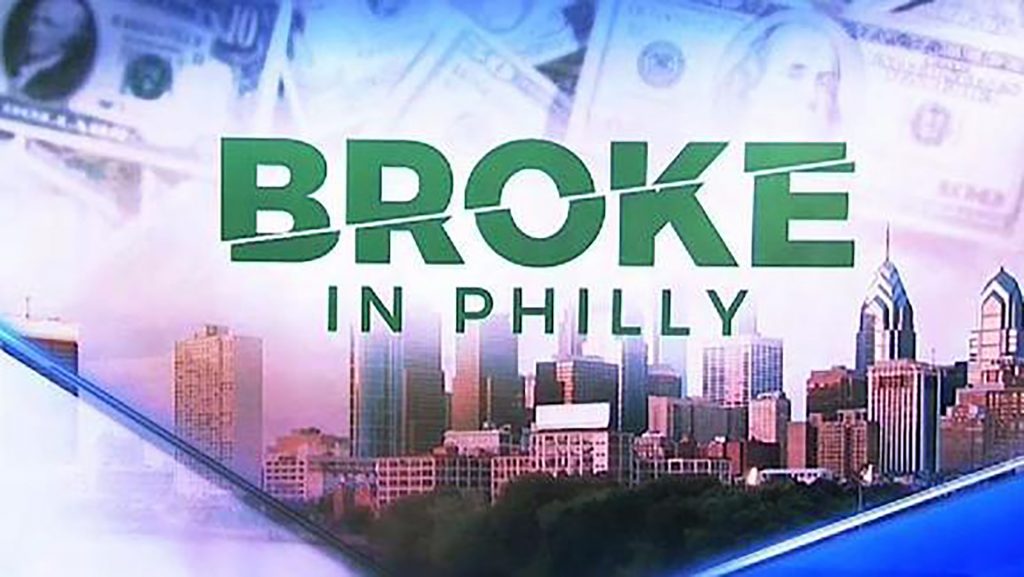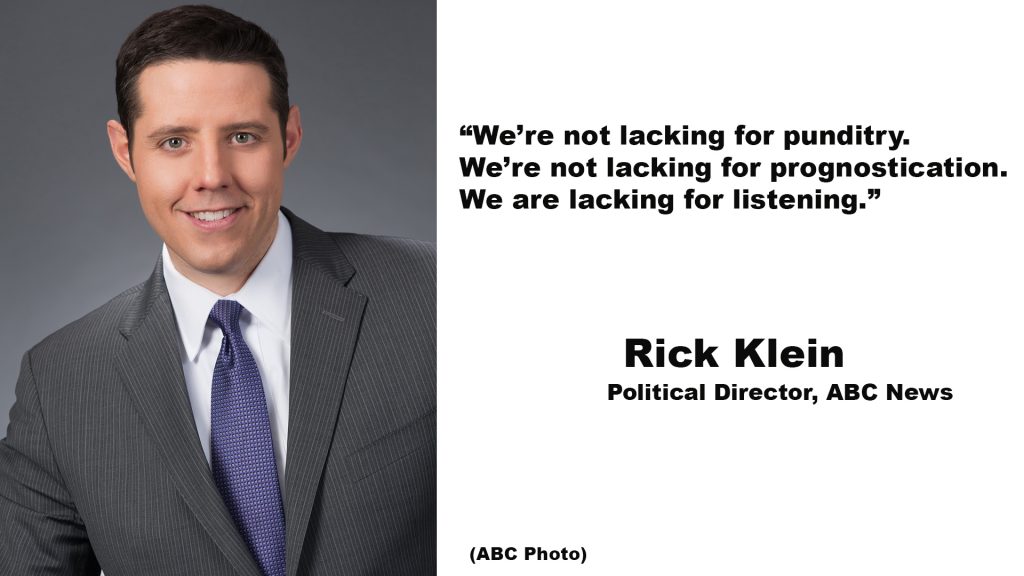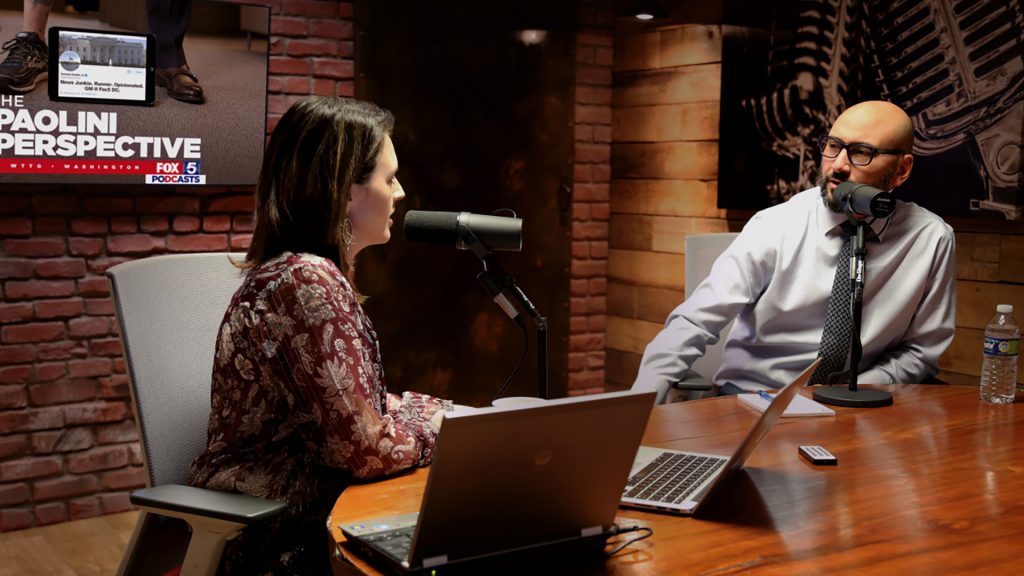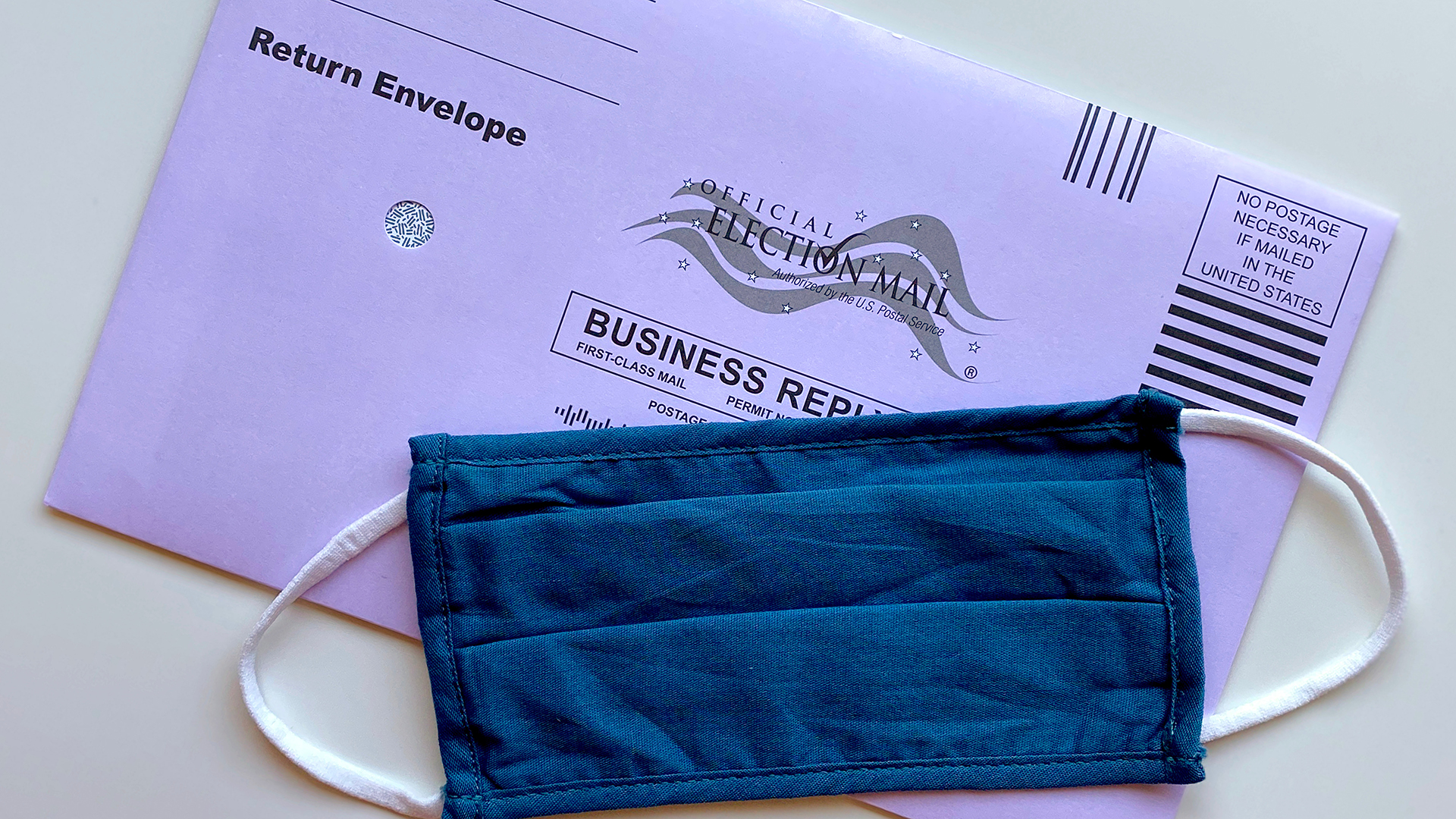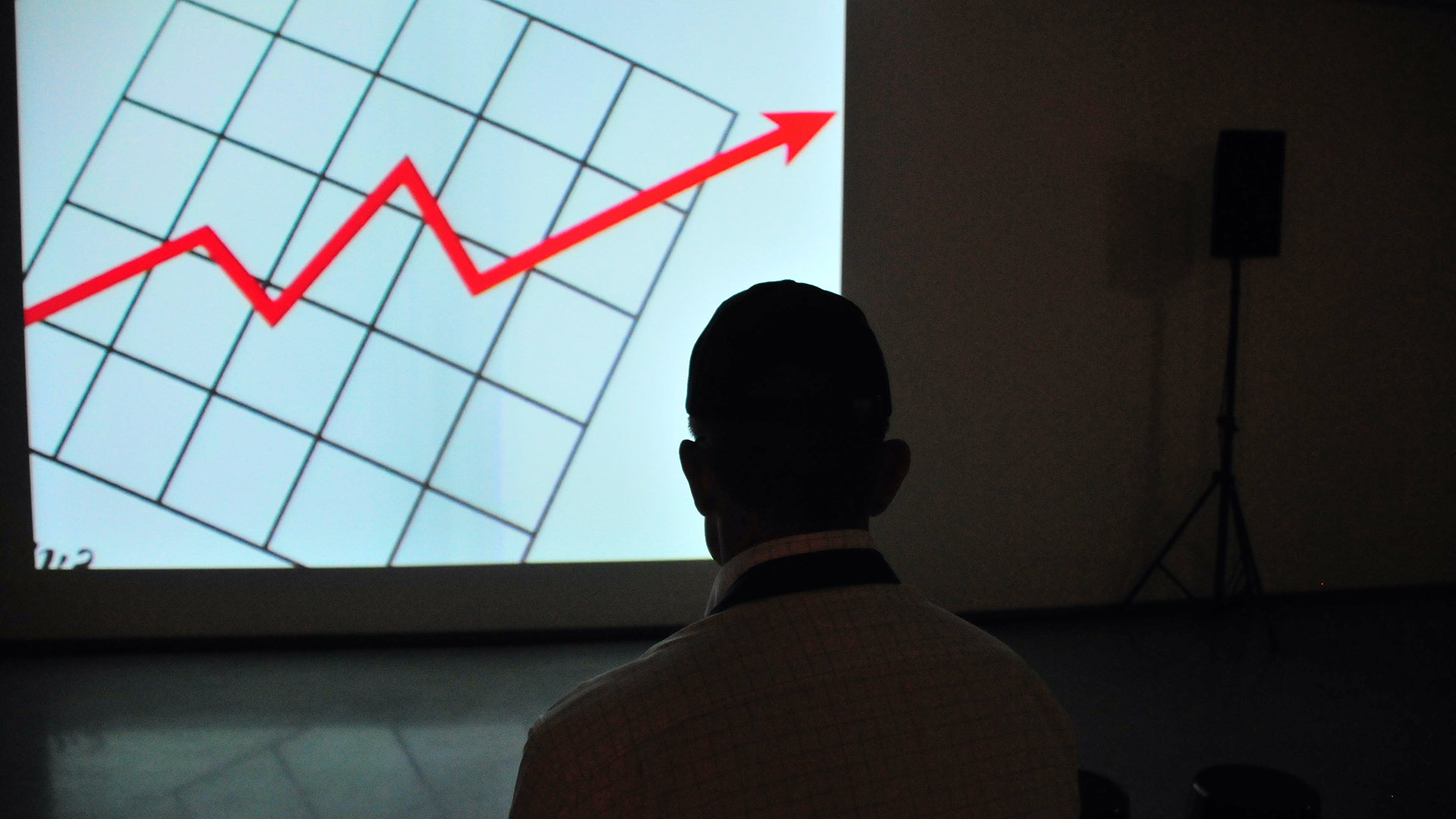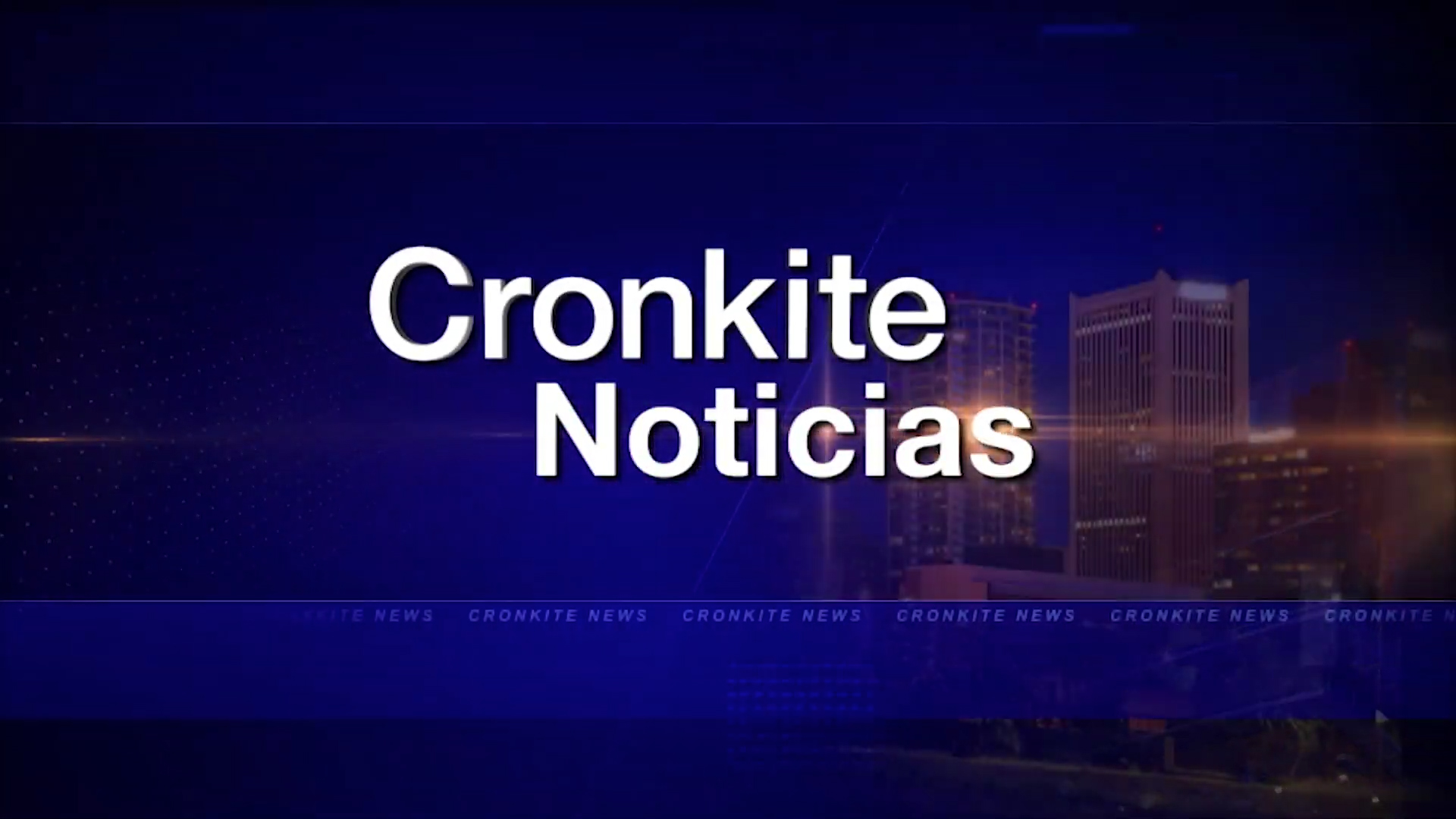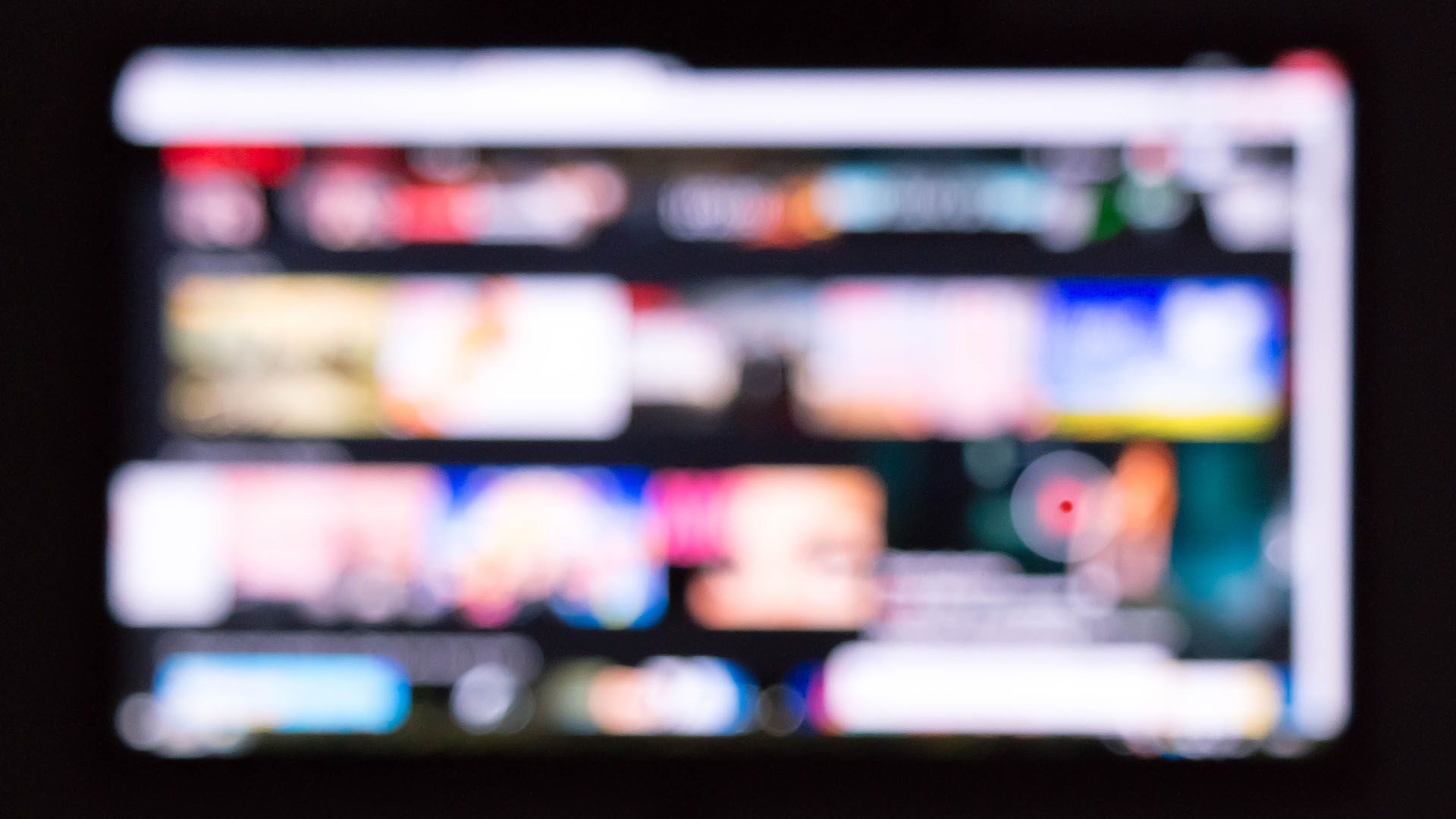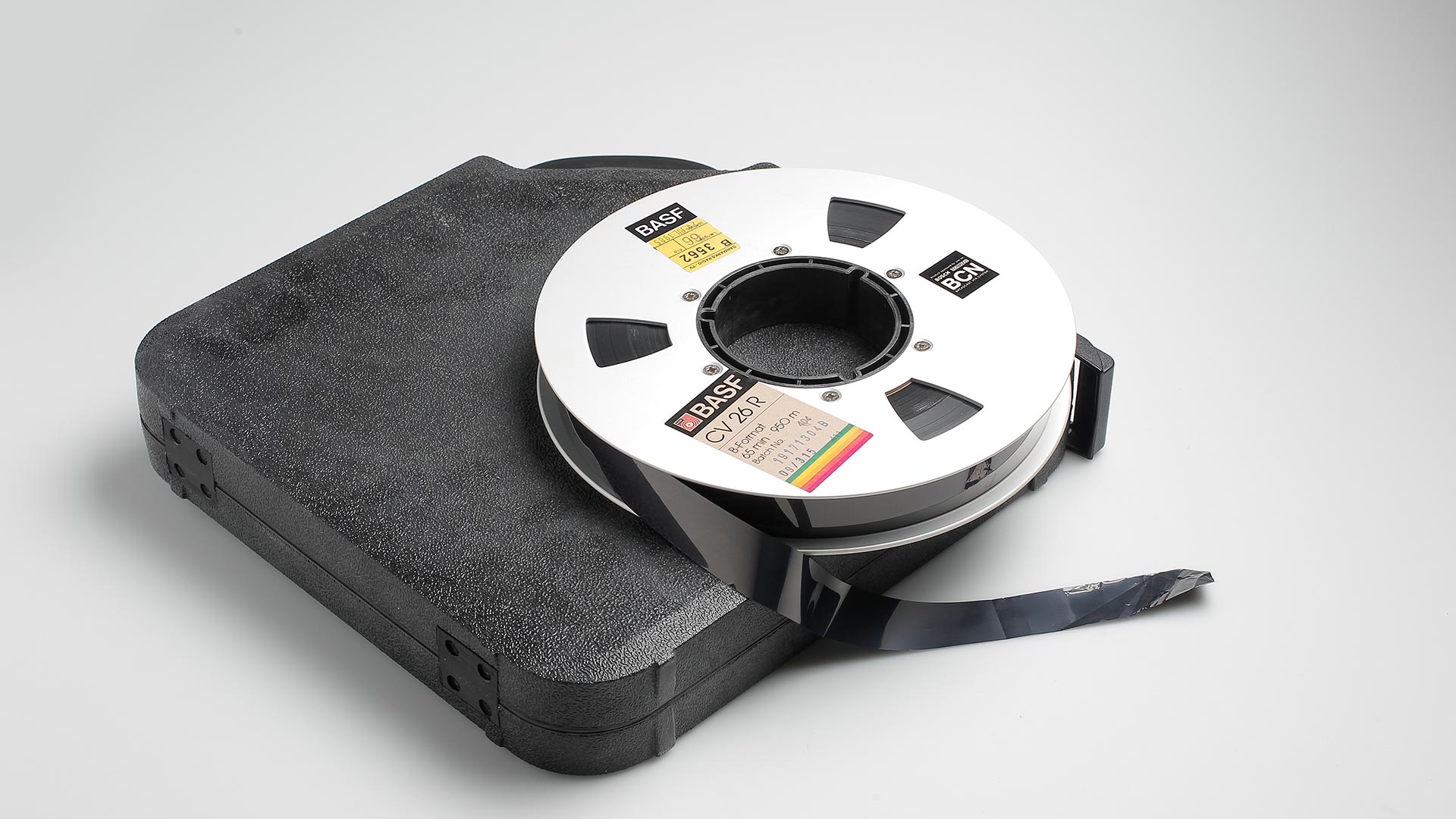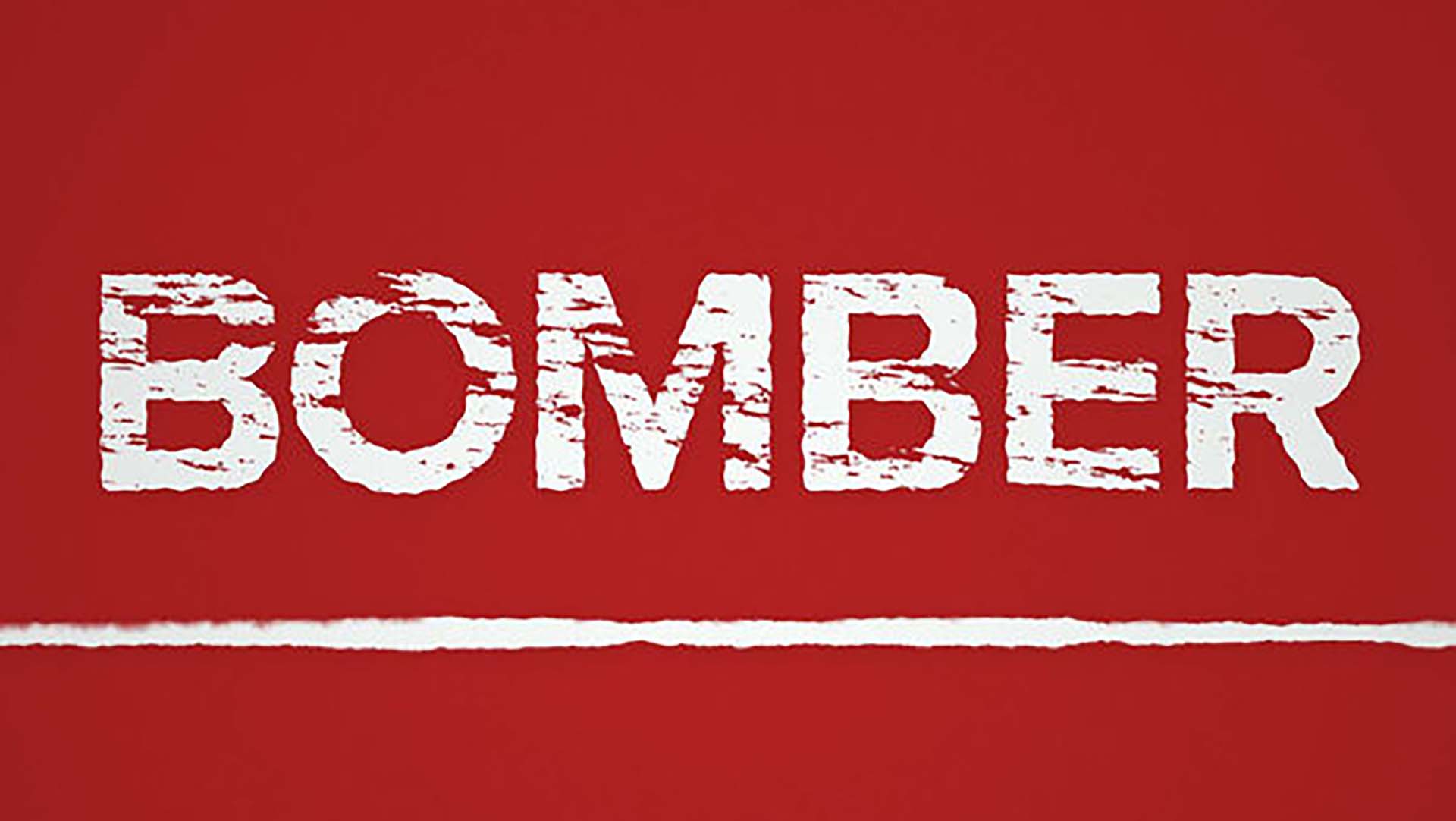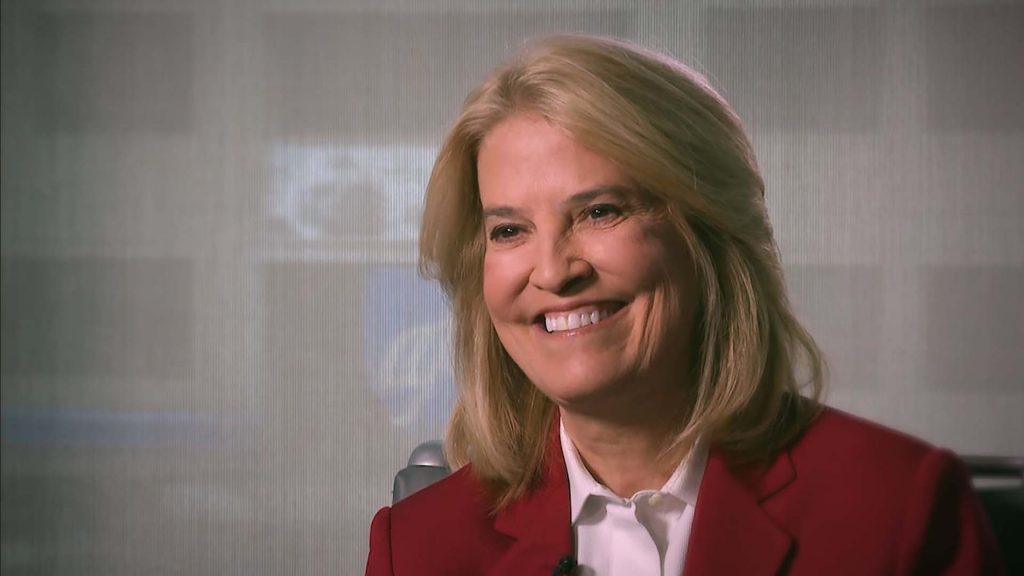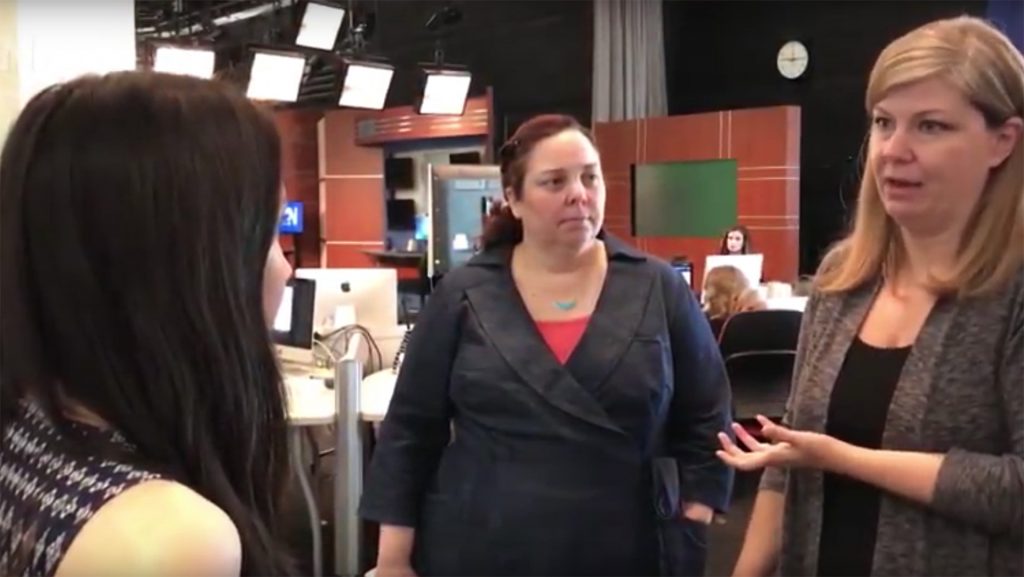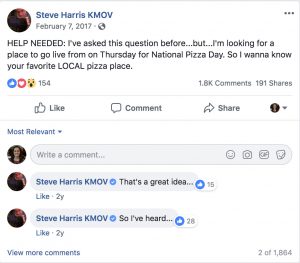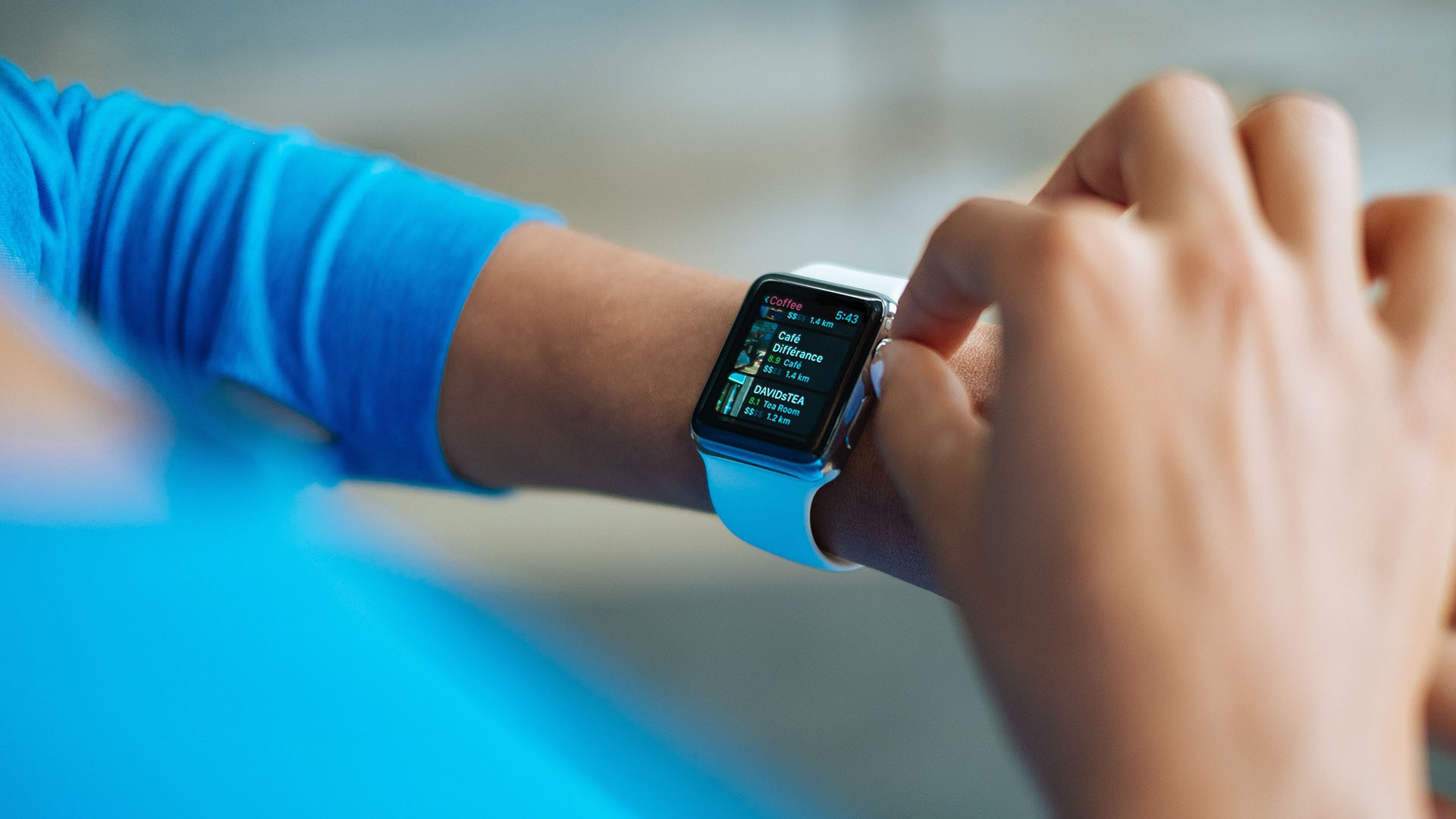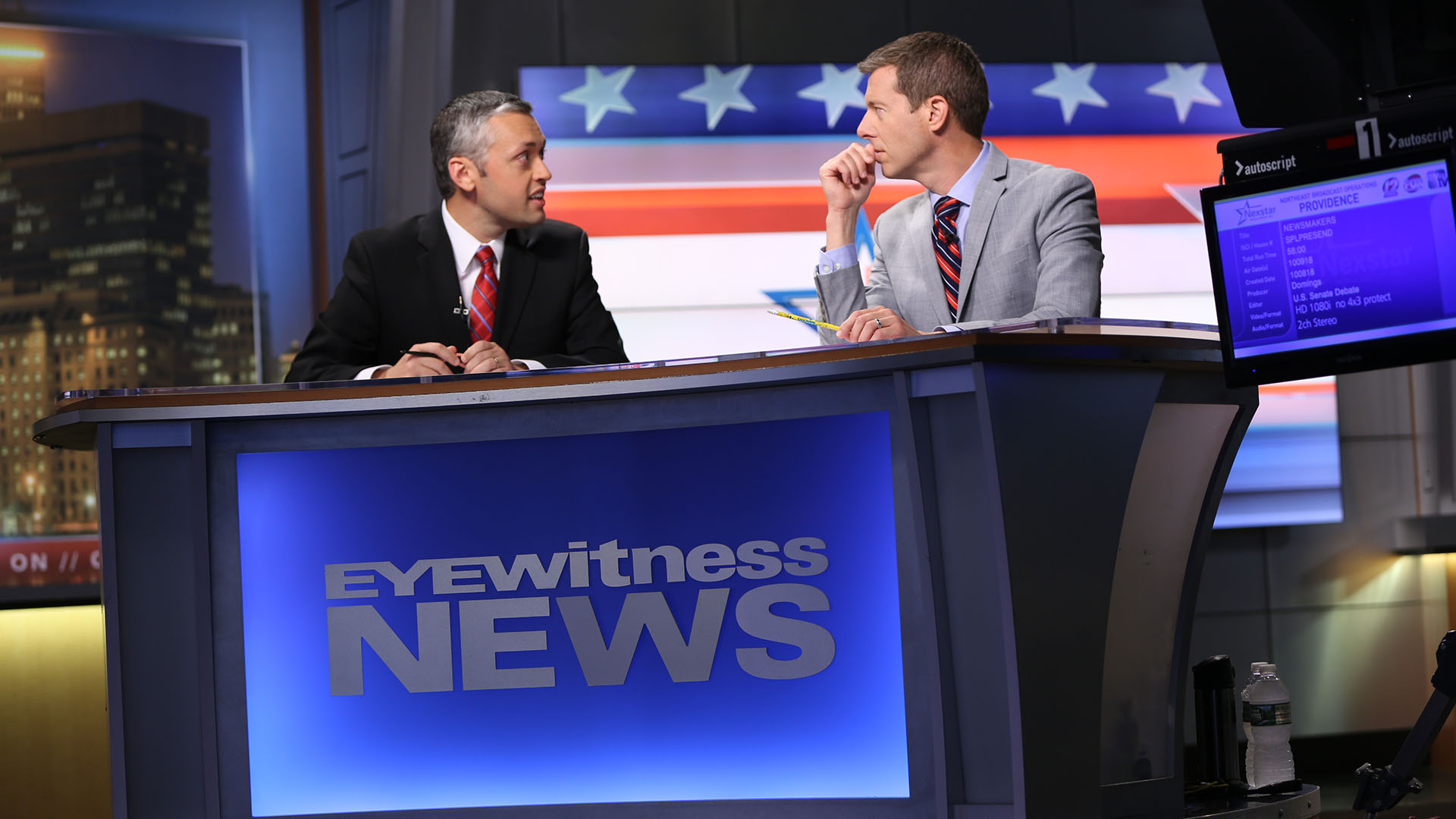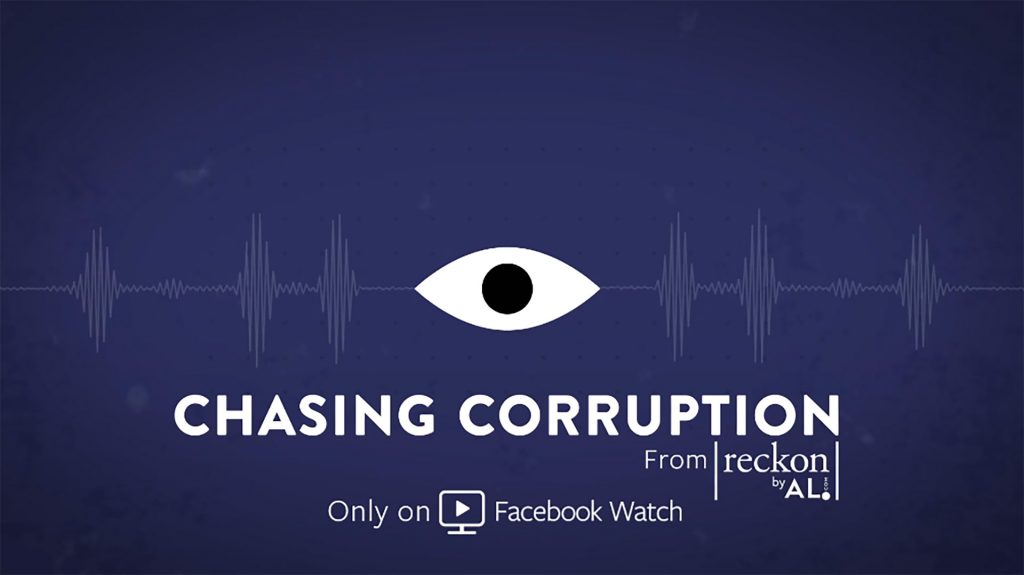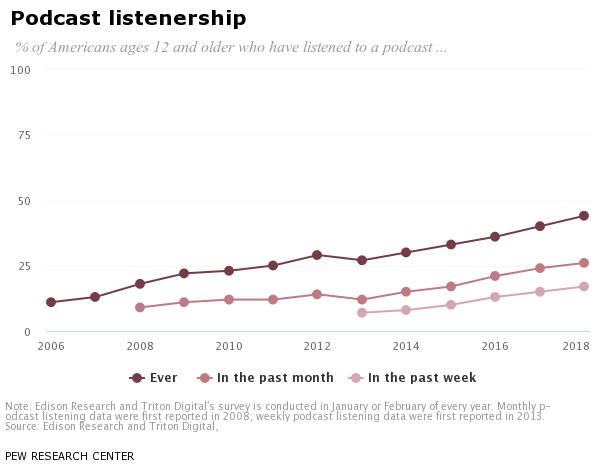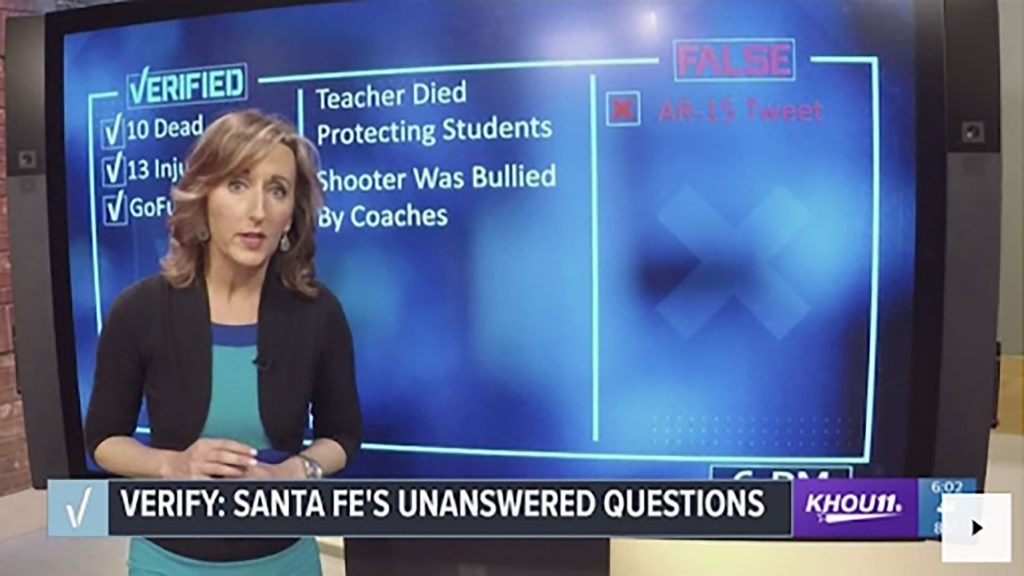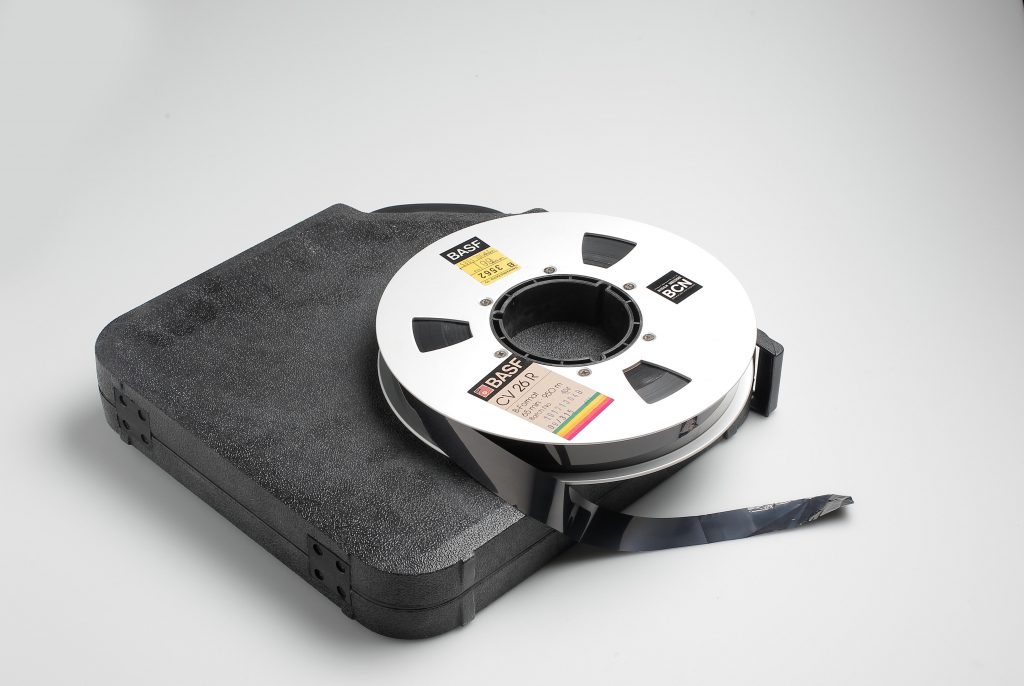
In mid-June, Mary Meeker released her 2019 Internet Trends Report. The annual report is an industry bible of need-to-know data points eagerly awaited by trend-spotters and strategists alike. It’s also usually 300+ pages of data. For news leaders who know they should read the entire report, but can’t find the time, fear not! I read it for you. Here are 10 trends affecting the news industry you need to know.
1. Mobile is officially the First Screen

We’ve intuitively known this from our own device use. In 2019, it became official in the data: Mobile surpassed TV as the first screen for time spent. It’s a good time for news leaders to honestly look at their news content through this lens. For the mobile-first consumer, what does your news product look like? Do you make it easy or hard to consumer your news via mobile? How well does your streaming work on mobile? How about story search? How much time do you spend on your mobile alert strategy? A bad user experience on your mobile experience isn’t just a bad mobile experience. In a mobile-first world, it represents your entire news brand.
2. Mobile + TV: An Untapped Two-Screen Opportunity
Don’t be blinded by the news of this “tipping point” from TV to mobile as the ‘first screen.’ There is a huge opportunity for broadcasters revealed by the percent of consumers who report two-screen use.

Almost everyone (88%) reports using a second device while watching TV. That might seem like even more bad news, eroding the impact of the large screen. That is, until you see the ways in which viewers are taking actions on their mobile device in direct response to what they’re watching on their television. Seven in ten look up content related to what they are watching on TV; and two in five message with friends and family about what they’re watching.
These are great entry points to create two-screen synergy. In ASU’s Cronkite newsroom, our students and faculty experimented with ways to involve the mobile audience in real time with our broadcast via a “Choose Your News” experiment that included multiple entry points for live audience participation. Many local stations utilize simple voting or polling technology. The data suggests that there are far more opportunities, and far more meaningful co-viewing strategies than mere up/down voting.
3. The Social Leaderboard is Changing

Instagram and YouTube are the platforms with dramatic upward trajectory. While these are global numbers, most news organizations will recognize these trends in their own data. The numbers show Facebook daily usage hitting a plateau while Instagram surges; and for video, YouTube is experiencing the most growth. News organizations have limited resources to spend on these off-platform channels. It makes sense to ‘follow the audience’ and, as consumer habits change, shift strategy to keep pace with changing social media habits.
4. Where people really get news on social

When it comes to news, most publishers have seen significant reductions in referral traffic from Facebook as a result of algorithm changes over the past 18 months. Nevertheless, when compared to other social platforms, Facebook remains a significant gateway to news discovery. YouTube shows the most growth as a source for news. Notably, Twitter as a source for news has increased only slightly, and its use for news discovery remains concentrated among a small percentage of the population. For many journalists, Twitter is their first and preferred platform for news discovery and for sharing. However, the old adage applies: “Fish where the fish are.” For news discovery, Facebook is nearly four times more widely used for news headlines.
5. The Rise of Visual over Word-Based Content
When I worked for Gannett Broadcasting, I walked past a sign in the hallway every day that read: “Words in their best order.” My Twitter handle is @frankwords. Like most journalists, I love a bon mot, an elegant line, an incisive nut graph, an artful analogy, and a zinger ending.
In a series of slides in her 2019 trends report, Mary Meeker makes it clear that she sees the image overtaking the word as the form factor of impactful communication. She supports this conclusion with a variety of data, but this slide speaks for itself.

This trend should be great news for broadcasters. Images – still and moving – are our core currency. But Meeker notes the breadth of creativity now on display in visual storytelling (more on this in trend #6 below). There is much TV newsrooms can learn from their print colleagues about when to use a single image rather than moving video to tell the story of an impactful moment. And the standard TV reporter package pales in creativity next to entire threaded conversations composed of GIFs, or video animations. “How can you visualize that?” will become an increasingly critical question to ask.
6. Consumers as Creators
In her trends report, Meeker ties the rise of the image directly to a related trend, the consumer as a content creator. It was only a few decades ago that ‘publishing’ was both difficult and costly. For those two reasons, the channels were controlled by a relatively few publishers, and the audience was primarily a passive consumer. Meeker uses the evolution of Instagram to illustrate the ways that technology changes have empowered the passive consumer to become an active creator.

Constant cycles of product innovation, layered on top of increasingly powerful smartphones and always-on connectivity, have upended the traditional publisher/consumer relationship, flattening it in ways that journalists might resist or resent – but are likely powerless to stop. The strategic question is: How do you harness this firehose of content being created in your community?
7. News Algorithms: Beat Them or Join Them
The data doesn’t lie. For all the concerns around privacy, the data shows most people are willing to give up a little bit of their personal information in exchange for a more ‘personalized’ experience. Platform companies have led the way in combining user data with algorithms to deliver individuals a more customized experience. Notwithstanding some notorious failures around data privacy, consumers continue to reward these companies for those personalized benefits.

Look at how these same companies then apply that data intelligence to gain an oversized market share of digital advertising because of their ability to deliver above-average results. Both elements are key to a sustainable business model.

The hard question this forces on news leaders is: Can you beat the algorithm? Put differently, how do news organizations tell the story of the value of editorial decisions, rather than ‘popularity’ or ‘personalization’ as ways of sorting the news. “Editor’s Picks” is a sorting method. But the data suggests audience prefer the benefits of personalization. So if news organizations don’t want to cede that sorting to platform companies, we’ll need to implement our own ‘Personalized for you” methods of serving our audiences.
8. We Could Learn from Spotify About How to Monetize Digital
Discussions of data and personalization (should) lead directly to a conversation about new, digitally-optimized business models. Newspapers have been unable to transition from an ad-supported model to a subscriber-based model; and, as TV viewing declines, broadcasters face the same headwinds of dwindling spot ad revenue.
Mary Meeker points to the music service Spotify as a case-study in how to develop a subscription-supported business that starts free and ad-supported.
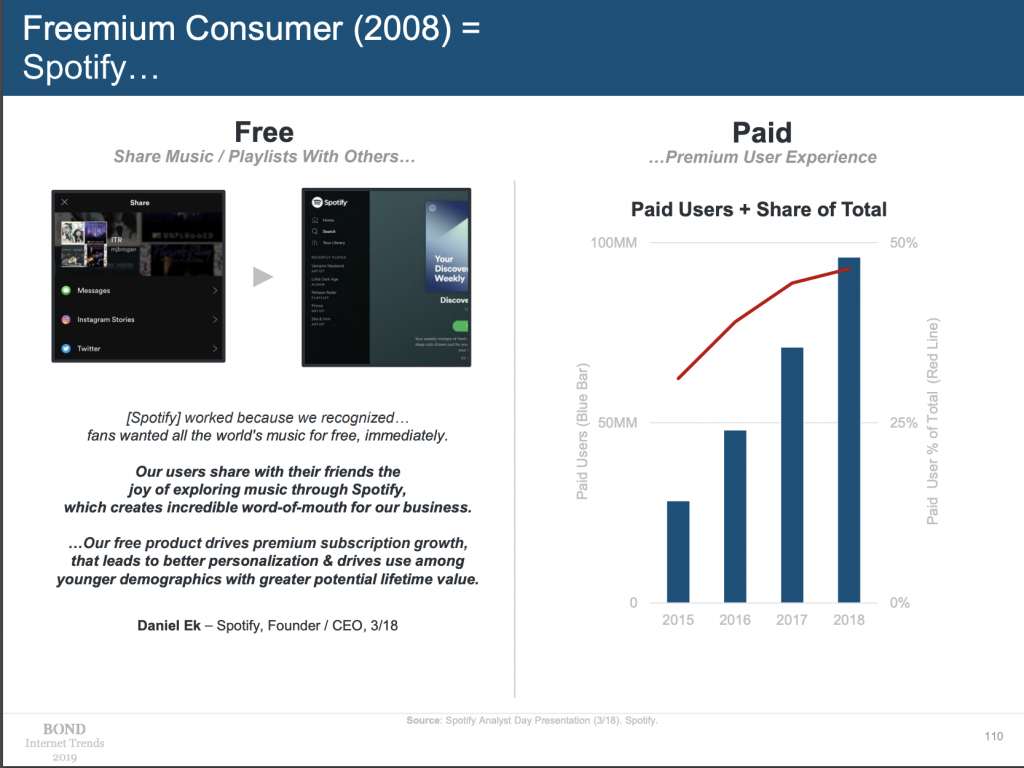
Spotify started as a free way to listen to music ‘in the cloud’, untethered from physical objects like CD’s or digital ownership, like buying and downloading a song from iTunes. Users ‘paid’ for the service via ads here and there between songs.
Meeker notes that Spotify delighted its users with a great experience, and social features like sharing songs and playlists. That delight in the core user experience is what gave Spotify the ability to ‘upsell’ its free listeners into paid users. There are many potential applications of this “Freemium” model for the news business. But it all starts with: Are you delighting your current users via your free experience? Like Spotify, we need to offer value worth paying for.
9. Future Tech is Exciting! And Not Easily Monetized Yet!
Meeker’s trends report has a number of slides demonstrating the rise of the next generation of content formats and consumption devices. It’s no longer ‘news’ that podcasts are soaring in popularity. But the latest data is impressive.

For broadcasters, the real challenge is two-fold: Where in this suddenly crowded content space do you have a ‘right to win’ (what can you do uniquely better than others)? And, do you have a business model for how you’ll monetize your efforts?
The good news in the data is that many of the top-performing podcasts are now being created by mainstream/legacy publishers. Journalists’ core story skills can be transferred to this format. But the podcast space will need to mature before the revenue catches up to the audience.
The same can be said for the boom in voice assistants. For the Amazon Echo alone, the install base is nearly 50 million. With more ‘skills’ added daily, and other platform companies joining in the battle for voice supremacy, local news organizations appropriately feel the pressure to be present on these devices.

Like the other emerging platforms and story forms, the challenge is one of timing and resources. It’s expensive, and often punishing, to be on the bleeding edge of innovation. There’s a fine line between innovating by gaining a presence on Alexa via an easy-to-produce daily Alexa Skill ‘news update’…versus engaging in a resource-taxing ‘vanity project’ that makes for a good company press release but is ahead of both the audience and the business model. Voice for news seems like it’s in the ‘sandbox’ stage, with different broadcast companies experimenting with DIY and partnership approaches to gain a foothold in the voice space. However, the technology continues to evolve quickly, and it’s unlikely today’s workarounds will be tomorrow’s workflows.
10. But Wait, There’s More Disruption Ahead!
Smart watches are poised to become another battleground for attention. Some of your friends (and maybe you, too) are already getting their mobile push alerts…on their watch!

The battle for this even smaller screen has already begun, as some news organizations experiment with the length of the text they send in their mobile alerts to ensure they also display well on the smallest screen yet. Hello, Dick Tracy!
There is a reason that Mary Meeker’s annual Industry Trends Report is legendary within the digital community. Admittedly, the point of this article was to summarize its key findings related to the local news industry for news leaders too busy to read the entire report. However, if you’ve made it this far, you may well want to see the other 323 slides of the 2019 Industry Trends Report.
Get the lab report: The most important stories delivered to your inbox
